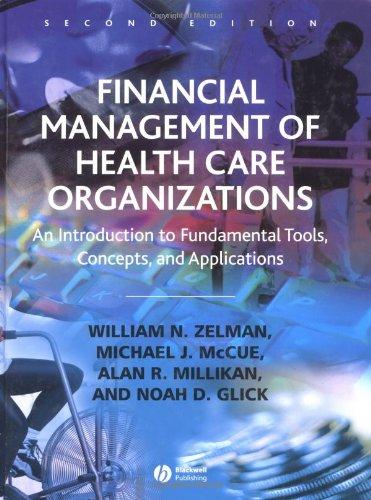Answered step by step
Verified Expert Solution
Question
1 Approved Answer
Sora Industries has 61 million outstanding shares, $120 million in debt, $59 million in cash, and the following projected free cash flow for the next


Sora Industries has 61 million outstanding shares, $120 million in debt, $59 million in cash, and the following projected free cash flow for the next four years 5 a. Suppose Sora's revenue and free cash flow are expected to grow at a 3.5% rate beyond year 4. If Sora's weighted average cost of capital is 12.0%, what is the value of Sora's stock based on this information? b. Sora's cost of goods sold was assumed to be 67% of sales. If its cost of goods sold is actually 70% of sales, how would the estimate of the stock's value change? c. Let's return to the assumptions of part (a) and suppose Sora can maintain its cost of goods sold at 67% of sales. However, now suppose Sora reduces its selling, general, and administrative expenses from 20% of sales to 16% of sales. What stock price would you estimate now? (Assume no other expenses, except taxes, are affected.) d. Sora's net working capital needs were estimated to be 18% of sales (which is their current level in year 0). If Sora can reduce this requirement to 12% of sales starting in year 1, but all other assumptions remain as in part (a), what stock price do you estimate for Sora? (Hint: This change will have the largest impact on Sora's free cash flow in year 1.) a. Suppose Sora's revenue and free cash flow are expected to grow at a 3.5% rate beyond year 4. If Sora's weighted average cost of capital is 12.0%, what is the value of Sora's stock based on this information? The stock price for this case is $(). (Round to two decimal places.) Data table | Data table (Click on the Icon located on the top-right corner of the data table below in order to copy its contents into a spreadsheet.) Year 0 1 2 3 4 Earnings & FCF Forecast ($ million) 1 Sales 433.0 468.0 516.0 547.0 574.3 2 Growth vs. Prior Year 8.1% 10.3% 6.0% 5.0% 3 Cost of Goods Sold (313.6) (345.7) (366.5) (384.8) 4 Gross Profit 154.4 170.3 180.5 189.5 5 Selling, General & Admin. (93.6) (103.2) (109.4) (114.9) 6 Depreciation (7.0) (7.5) (9.0) (9.5) 7 EBIT 53.8 59.6 62.1 65.2 8 Less: Income tax at 40% (21.5) (23.8) (24.8) (26.1) 9 Plus: Depreciation 7.0 7.5 9.0 9.5 10 Less: Capital Expenditures (7.7) (10.0) (9.9) (10.4) 11 Less: Increases in NWC (6.3) (8.6) (5.6) (4.9) 12 Free Cash Flow 25.3 24.6 30.8 33.3 Print Done
Step by Step Solution
There are 3 Steps involved in it
Step: 1

Get Instant Access to Expert-Tailored Solutions
See step-by-step solutions with expert insights and AI powered tools for academic success
Step: 2

Step: 3

Ace Your Homework with AI
Get the answers you need in no time with our AI-driven, step-by-step assistance
Get Started


